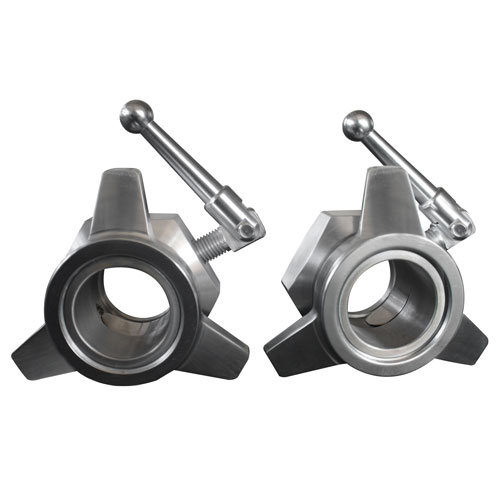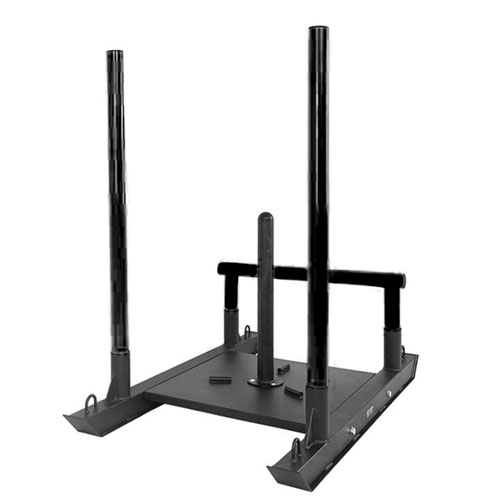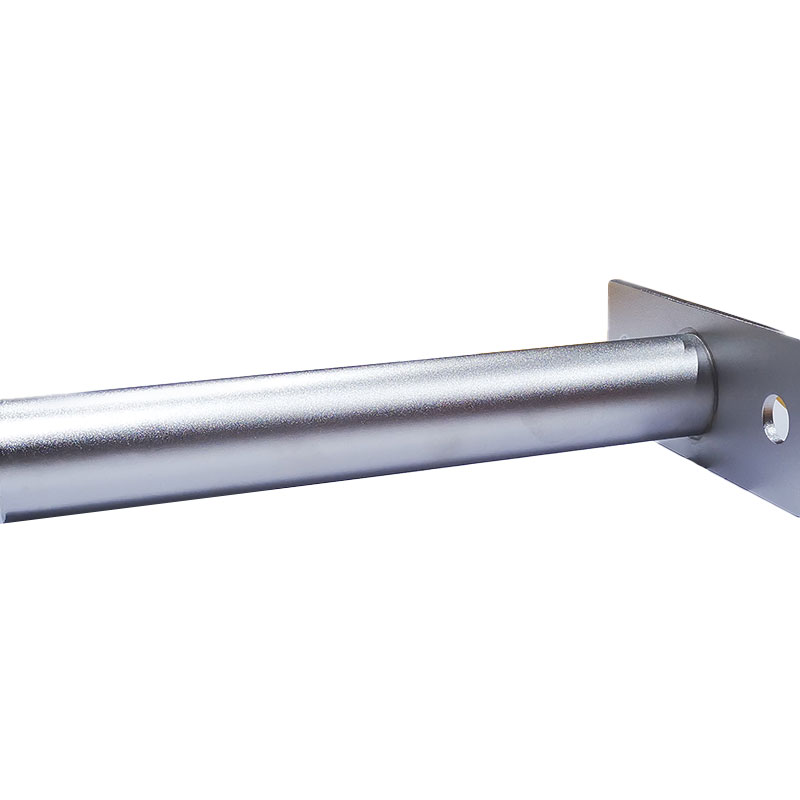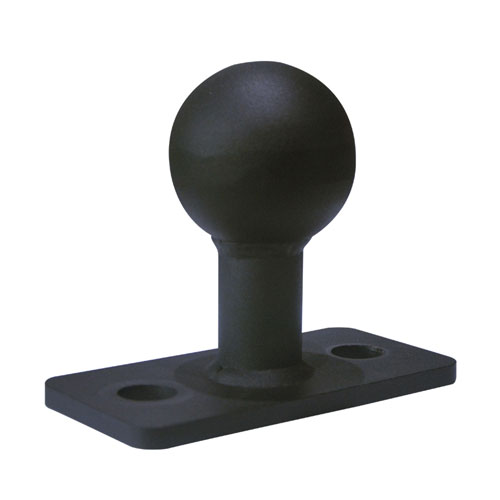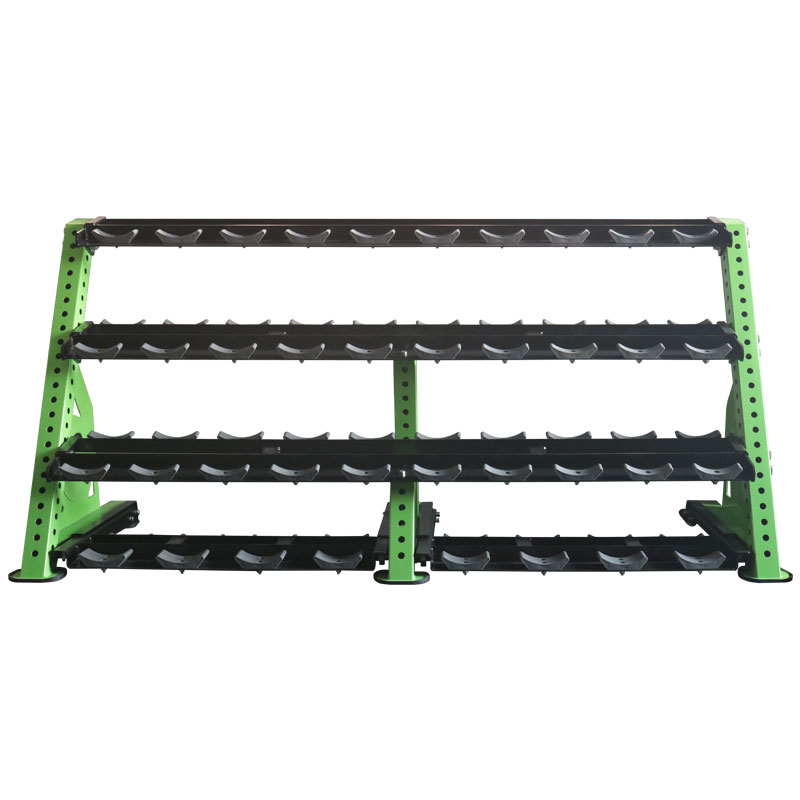The Rise of Chinese Bumper Plates in Fitness
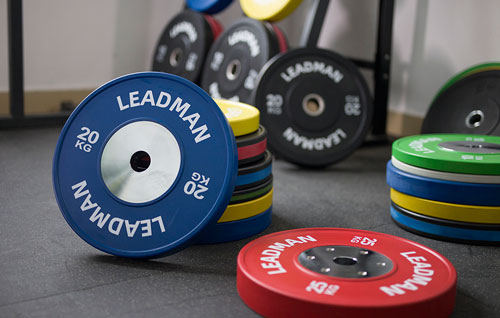
Introduction
The fitness industry has undergone a remarkable transformation in recent years, driven by technological advancements, changing consumer preferences, and the emergence of global marketplaces. One area that has witnessed significant growth and innovation is the production and supply of bumper plates, the workhorse of weightlifting and strength training. China has emerged as a dominant force in this sector, shaping the global fitness landscape with its manufacturing prowess and commitment to quality and innovation.
History of Bumper Plates
Bumper plates, also known as Olympic plates, trace their origins to the early 20th century. The first iterations were made from steel and featured a thick rubber coating. These plates were designed to withstand the impact of being dropped on the ground during weightlifting exercises, reducing noise and minimizing damage to floors.
Over the years, bumper plates evolved to become thinner and lighter, allowing for more precise weight adjustment. The materials used also diversified, with polyurethane and recycled rubber becoming popular alternatives to traditional steel. Today, bumper plates are an essential piece of equipment in gyms, fitness centers, and home workout setups around the world.
Chinese Manufacturing Dominance in Bumper Plates
China's dominance in the bumper plate manufacturing industry is attributed to a combination of factors:
- Low Labor Costs: China's vast labor pool and competitive labor costs provide a significant cost advantage compared to other manufacturing hubs.
- Government Support: The Chinese government recognizes bumper plate production as a strategic industry and has provided incentives and support infrastructure to promote its development.
- Expertise and Experience: Chinese manufacturers have accumulated decades of experience and expertise in the production of high-quality bumper plates, giving them a technological edge over competitors.
- Scale and Efficiency: China's massive manufacturing capacity enables economies of scale and efficient production processes, resulting in cost savings that can be passed on to consumers.
Materials and Production Techniques
Chinese bumper plates are primarily constructed using three main materials:
- Steel: Steel plates are renowned for their durability and strength, making them ideal for heavy weightlifting.
- Polyurethane: Polyurethane plates offer a good balance of resistance and shock absorption, making them suitable for impact-intensive exercises like Olympic lifts.
- Recycled Rubber: Recycled rubber plates are environmentally friendly and durable, offering excellent noise reduction properties.
The production process involves several steps:
- Molding: Molten material is poured into molds to create the desired plate shape.
- Pressing: Hydraulic presses are used to compress and form the plates.
- Curing: After pressing, the plates are allowed to cure in controlled conditions to attain their final properties.
- Coating: The plates are coated with a rubber layer to absorb impact and provide a firm grip.
Precision and Quality Standards
Chinese bumper plates adhere to strict quality standards, ensuring consistent weight distribution and dimensional accuracy. These standards include:
- International Weightlifting Federation (IWF) Standards: IWF-certified plates meet specific weight, diameter, thickness, and drop test requirements.
- International Federation of Powerlifting (IPF) Standards: IPF-certified plates are optimized for powerlifting competitions and meet standards for weight accuracy, grip diameter, and plate markings.
- International Standards Organization (ISO) Standards: ISO-certified plates conform to global quality and safety regulations, ensuring uniform weight distribution and dimensional tolerance.
Market Growth and Expansion
The global bumper plate market has experienced exponential growth in recent years, driven by the increasing popularity of weightlifting and strength training. China has been at the forefront of this growth, supplying a significant portion of the global demand.
Major factors contributing to the market expansion include:
- Rising Health Consciousness: Consumers are becoming more aware of the benefits of regular weight training for overall fitness, strength, and body composition.
- Growth of Home Fitness: The COVID-19 pandemic has accelerated the trend towards home workouts, increasing the demand for home gym equipment, including bumper plates.
- Expansion of Commercial Gyms: The fitness industry is witnessing a surge in the number of commercial gyms, fueling the need for high-quality and durable bumper plates.
Global Distribution Networks
Chinese bumper plate manufacturers have established extensive global distribution networks to meet the demands of international markets. These networks include partnerships with:
- International Distributors: Dedicated distributors facilitate the distribution of bumper plates to fitness equipment suppliers and retailers worldwide.
- Online Marketplaces: E-commerce platforms like Amazon and Alibaba provide a convenient channel for consumers to purchase bumper plates directly from Chinese manufacturers.
- Private Label Partnerships: Chinese manufacturers collaborate with fitness brands and equipment retailers to produce bumper plates under private labels, catering to specific market segments.
Impact on the Fitness Industry
China's dominance in bumper plate manufacturing has had a significant impact on the fitness industry:
- Increased Accessibility: The availability of affordable and high-quality Chinese bumper plates has made weightlifting and strength training more accessible to individuals and fitness facilities around the world.
- Improved Quality: Chinese manufacturers have invested heavily in research and development, leading to advancements in bumper plate design, material selection, and production techniques, resulting in improved quality and performance.
- Innovation and Customization: Chinese manufacturers are constantly innovating and expanding their product lines to meet the evolving needs of the fitness industry. Custom-sized and weight bumper plates are becoming increasingly common.
- Competition and Market Dynamics: The entrance of Chinese manufacturers into the bumper plate market has increased competition, driving prices down and fostering healthy market dynamics.
Advantages and Disadvantages of Chinese Bumper Plates
Advantages:
- Affordability: Chinese bumper plates offer excellent value for money, making them accessible to a wider range of consumers.
- Quality and Durability: Chinese manufacturers are committed to producing high-quality and durable bumper plates that meet rigorous standards.
- Variety and Selection: Chinese manufacturers offer a vast selection of bumper plates in different materials, weights, and colors, catering to various fitness needs.
- Innovation and Customization: Chinese manufacturers are known for their innovation and willingness to customize bumper plates to meet specific requirements.
Disadvantages:
- Counterfeits and Inferior Quality: The popularity of Chinese bumper plates has led to the emergence of counterfeit and inferior quality products. Buyers should purchase from reputable manufacturers and distributors.
- Shipping Delays: Depending on shipping methods, the delivery of large orders of bumper plates from China can take several weeks or months.
- Import Tariffs and Taxes: Importing bumper plates from China may incur additional import tariffs and taxes, which can increase the overall cost.
Future Trends and Innovations
The future of bumper plate manufacturing is expected to witness continued advancements in:
- Material Innovation: Research into new materials that offer superior performance and durability, such as graphene-reinforced polymer composites.
- Smart Technology Integration: Embedding sensors into bumper plates to track weight, repetitions, and progress, enhancing user experience and training optimization.
- Sustainability and Environmental Consciousness: Adopting eco-friendly materials and production processes to reduce the carbon footprint of bumper plate manufacturing.
- Customized Designs and Aesthetics: Catering to the growing demand for personalized and visually appealing bumper plates with unique designs and color combinations.
Conclusion
China's dominance in the bumper plate manufacturing industry has revolutionized the global fitness landscape. By leveraging its manufacturing expertise, competitive pricing, and unwavering commitment to quality, China has become the world's leading supplier of high-quality and affordable bumper plates. Chinese bumper plates have made weightlifting and strength training more accessible, enabling millions of individuals to pursue their fitness goals. As the fitness industry continues to evolve, China is well-positioned to remain at the forefront of innovation and supply, shaping the future of bumper plate manufacturing and the world of strength training.
FAQ about Bumper Plates
1. What are bumper plates used for?
Bumper plates are primarily used in weightlifting and strength training. They are designed to withstand the impact of being dropped on the ground, making them ideal for exercises like Olympic lifts, deadlifts, and other dynamic movements.
2. Why are Chinese bumper plates popular?
Chinese bumper plates are popular due to their affordability, quality, and variety. Chinese manufacturers leverage low labor costs, government support, and extensive experience to produce high-quality plates that meet international standards.
3. How do I choose the right bumper plates?
When choosing bumper plates, consider factors such as material, weight accuracy, and durability. Look for plates that meet international standards like IWF, IPF, or ISO to ensure quality and performance.
4. Are Chinese bumper plates durable?
Yes, Chinese bumper plates are known for their durability. They are made from high-quality materials like steel, polyurethane, and recycled rubber, and are designed to withstand heavy use and impact.
5. Can I customize bumper plates?
Many Chinese manufacturers offer customization options for bumper plates, including custom sizes, weights, and colors. This allows you to tailor the plates to your specific fitness needs and preferences.
6. What are the benefits of using bumper plates?
Bumper plates offer several benefits, including reduced noise and floor damage when dropped, precise weight adjustment, and enhanced safety during dynamic lifts. They are also versatile and suitable for a wide range of exercises.
7. How do I maintain bumper plates?
To maintain bumper plates, regularly clean them with a mild detergent and water. Avoid using harsh chemicals that can damage the rubber coating. Store them in a dry, cool place to prevent rust and deterioration.
8. Are there eco-friendly bumper plate options?
Yes, many Chinese manufacturers produce eco-friendly bumper plates made from recycled rubber. These plates are durable, environmentally friendly, and offer excellent noise reduction properties.
9. What is the future of bumper plate manufacturing?
The future of bumper plate manufacturing includes advancements in materials, smart technology integration, and sustainability. Expect to see more innovative designs, eco-friendly options, and plates with embedded sensors for tracking performance.
10. Why choose Leadman Fitness for bumper plates?
Leadman Fitness is a trusted manufacturer with four specialized factories: Rubber-Made Products Factory, Barbell Factory, Casting Iron Factory, and Fitness Equipment Factory. This vertical integration allows Leadman Fitness to offer high-quality, customizable bumper plates at competitive prices, making them a top choice for fitness enthusiasts and commercial gyms alike.

